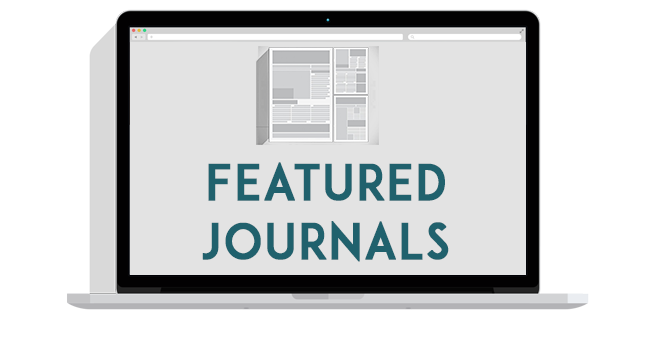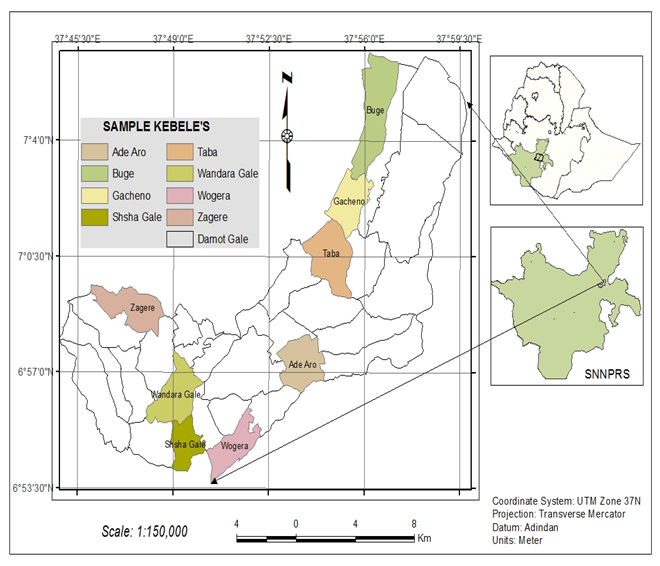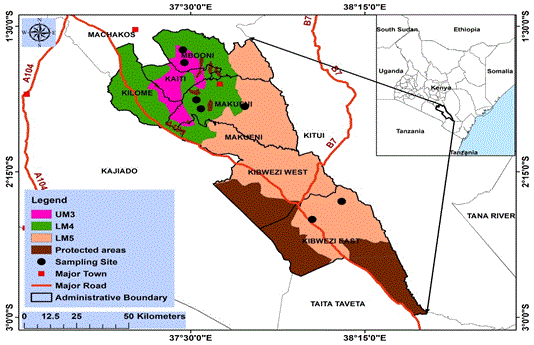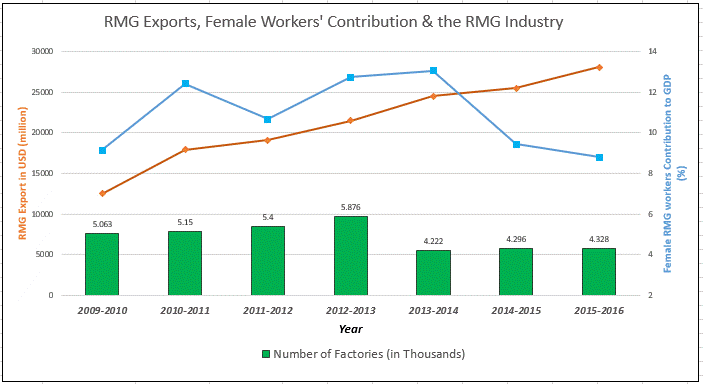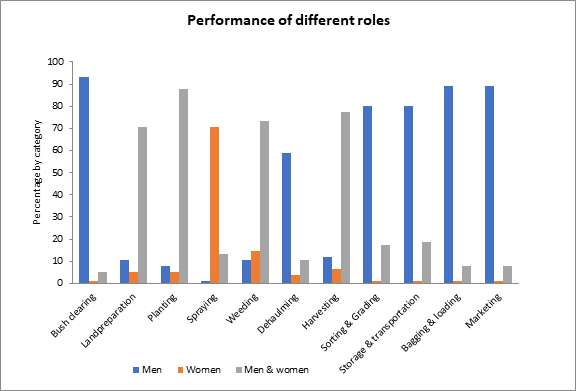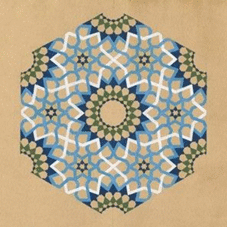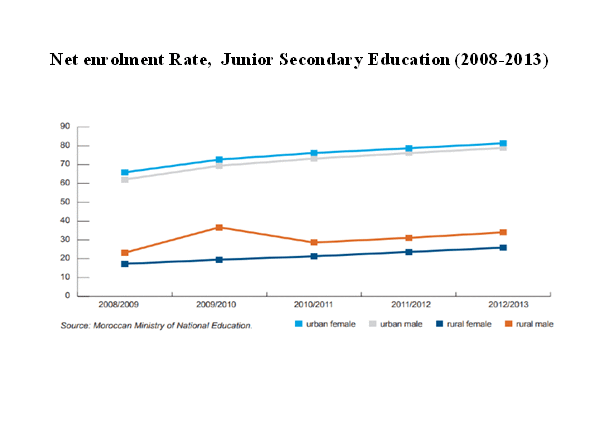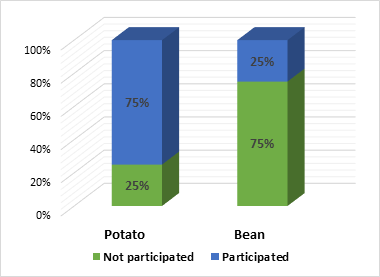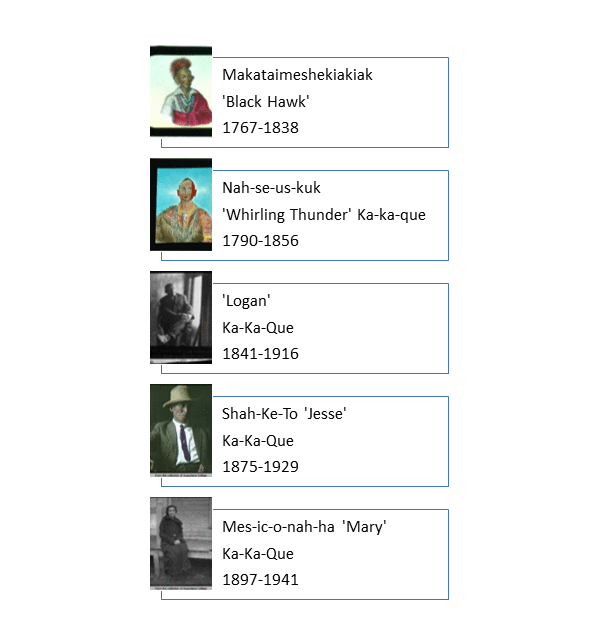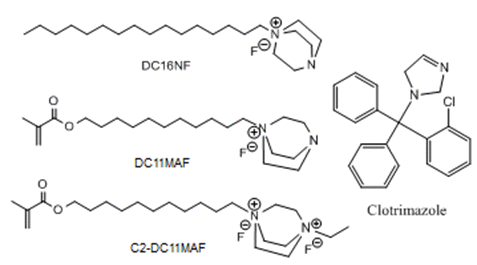Gender and Women's Studies
Gender and Women’s Studies is an interdisciplinary journal that aspires to engage with aspects of gender and sex through a feminist lens covering a broad spectrum of issues, including, but not limited to, the social and natural sciences, the arts, the humanities, and media and popular culture.
Being primarily an open access journal, the content of Gender and Women’s Studies will retain readability while maintaining rigorous methodology and critical theoretical approach. The journal strives to bring together international research pertaining to gender and gendered relations across societal spaces and structures irrespective of the geopolitical premise of these interactions.
Further, given the various recent issues at a transnational level ranging from the legalization of same-sex marriage in Germany to a disturbing increment in the number of reported cases of violence against women in India, the necessity of such contributions is crucial. The journal will contribute to the broader spectrum of such research and its subsequent dissemination.
Editorial Contact
Sarah Cowan, Managing Editor
Journal Information
ISSN: 2638-177X
Current Volume: Volume 5, Issue 2
Open Access: All article types
Average time to first decision: 29 days 2024 (34 days in 2023)
Indexing
J-Gate
Usage
2024 Full Text views: 40118
2023 Full Text views: 37856
Speed
Acceptance rate: 29% (2024)
Submission to first decision: 29 days (2024)
Submission to publication: 49 days (2024)
Gender and Women's Studies offers
Open Access
All articles published by Gender and Women’s Studies are made freely and permanently accessible online immediately upon publication under a Creative Commons license, without subscription charges or registration barriers.
Article Processing Charges
Gender and Women’s Studies accomplishes global open access. The journal, therefore, levies an affordable publication charge of $1295 for each article accepted for publication.
High-quality, Rigorous Peer Review
All articles that reach us undergo a double-blind peer review by at least two anonymous reviewers before being considered for publication in the journal. Please refer to Peer Review Policy under Publishing Policy for more details.
Post-publication Open Peer Review (optional)
Following publication, the peer review comments would be made open for anyone to read. The authors have the option to make the peer review history publicly available after publication.
Research Promotion
Increased credibility and wider dissemination of published articles.
FEATURED ARTICLES
Senior Editors
Wairimu Ngaruiya Njambi
Florida Atlantic University, USA
Laurel Steinfield
Jacqueline McDowell
George Mason University, USA
Tushabe wa Tushabe
Sasha Mullally
University of New Brunswick, Canada
Liz Mackinlay
Southern Cross University, Australia
Abigail A. Dumes
University of Michigan, USA
Dietha Koster
University of Münster, Germany
Beth Densmore Williams-Breault
Editorial Board
Elena Creef
Women's & Gender Studies
Wellesley College, USA
Minoo Moallem
Department of Gender and Women's Studies
University of California, Berkeley, USA
Christine Quinan
School of Culture and Communication
The University of Melbourne, Australia
Sandra Soto
Department of Gender and Women’s Studies
The University of Arizona, USA
Angela J. Hattery
Center for the Study and Prevention of Gender Base
University of Delaware, USA
Bela Bonita Chatterjee
Law School
Lancaster University, UK
Sandra Ponzanesi
Department of Media and Culture Studies
Utrecht University, The Netherlands
Amber Jamilla Musser
The City University of New York (CUNY), USA
Karen W. Tice
Gender and Women's Studies and Educational Policy Studies
University of Kentucky, USA
Patricia MacCorquodale
Department of Gender & Women’s Studies
University of Arizona, USA
Jan Kainer (Professor Emerita)
School of Gender, Sexuality & Women's Studies
York University, Canada
Karen Boyle
Department of Humanities
The University of Strathclyde, Scotland
Annie Potts
New Zealand Centre for Human-Animal Studies
University of Canterbury, New Zealand
Kristen Guest
Department of English
University of Northern British Columbia, Canada
Agatha Beins
Department of Multicultural Women's and Gender Studies
Texas Woman's University, USA
Hava R. Gordon
Department of Sociology & Criminology
University of Denver, USA
Kadji Amin
Department of Women's, Gender and Sexuality Studies
Emory University, USA
Cheryl Van Daalen-Smith
School of Gender, Sexuality and Women's Studies
York University, Canada
Danielle Phillips-Cunningham
Department of Women’s, Gender, and Sexuality Studies
Rutgers University, The State University of New Jersey, New Brunswick Campus, USA
Si Transken
School of Social Work/Gender Studies
University of Northern British Columbia, Canada
Theresa Healy
School of Environmental Planning & Gender Studies
University of Northern British Columbia, Canada
Jennifer Tyburczy
Department of Theater and Dance
University of California, Santa Barbara, USA
Amy Villarejo (Professor Emerita)
Department of English
Cornell University, USA
Lisa Diedrich
Women’s, Gender, and Sexuality Studies
Stony Brook University, USA
Anne-Marie Korte
Department of Philosophy and Religious Studies
Utrecht University, The Netherlands
Joseph Sosa
Gender, Sexuality, and Women’s Studies
Bowdoin College, USA
Erin Harrington
English Department/Cultural Studies Programme
University of Canterbury, New Zealand
Olivier Ammour-Mayeur
French & Comparative Literature, Cinema, and Gender Studies
International Christian University, Japan
Yvonne Corcoran-Nantes
College of Humanities, Arts and Social Sciences
Flinders University, Australia
Jadwiga Pieper-Mooney
Department of History
University of Arizona, USA
Jacqueline Holler
Department of History, Women's Studies and Gender Studies
University of Northern British Columbia, Canada
Catrina Brown
School of Social Work
Dalhousie University, Canada
Joanne McDowell
Taryn van Niekerk
University of Cape Town, South Africa
Guidelines for Submission
Manuscript Preparation
Submission and Components
Submissions to Rivera journals should include the following:
- Cover Letter
- Manuscript
- Figures and Tables (not mandatory)
- Supplemental Materials
Authors are encouraged to submit all the components as 'zip file', while submitting on our online system or via email as attachment.
Cover Letter should:
- briefly summarize or provide an outline of your manuscript, and why it is a worthy contribution to the concerned journal;
- specify the Rivera journal that your manuscript best pertains to;
- indicate, if applicable, that it is submitted as a part of Special Issue;
- specify the manuscript type (original research, review, etc.)
- detail any previous interaction(s) with Rivera Publications (previously submitted)
- specify all authors' information, including affiliation
- include acknowledgements and funding information (if applicable) and any competing interests
Authors
All persons who qualify for authorship should be listed as authors. However, corresponding author must ensure that the each author listed has substantially contributed or participated sufficiently in the work and is responsible for that particular portion of the manuscript. However, people who do not qualify for authorship should be listed in acknowledgements.
One author (corresponding author) should be listed with an asterisk, and should provide his or her email address. For the remaining authors, if applicable, following information should be included:
- First name and last name
- Complete affiliation, along with the country
- Email address (optional, but mandatory for corresponding author)
For example:
Robert Ludwig1
Yale University, New Haven, Connecticut, USA
Acknowledgements
This should include all the people who have contributed toward the work in one way or the other. However, authors are required to ensure that people acknowledged should agree to being so named.
Funding Information
List all the sources of funding, including relevant research grant numbers, as applicable. Also, authors are encouraged to list all the contributing authors associated with specific funding, if applicable.
Conflict of interest
Corresponding author is required to provide a statement of conflict of interest on behalf of all the authors. For further information, please refer to our Conflict of Interest Policy page.
Optional information
While we are not obligated to use these or recommend to the concerned Editor(s), we do encourage authors to provide names and contact information of 2–4 external reviewers and, if applicable, 1–2 opposed reviewers.
Manuscript Layout
All Social Sciences and Humanities journals do not have any arbitrary restrictions on the length of manuscript. Authors are encouraged to employ a standard and concise writing style. If you are not a native English speaker, we encourage you to utilize our language editing services or ask a native English speaking colleague for assistance.
All manuscript submissions can have the following sections:
- Title
- Abstract
- Keywords
- Main Text
- References
Title
The title should not exceed 200 characters and set in title case. The title should be concise, specific, and easily comprehensible to readers.
Abstract
The abstract should not exceed 300 words, and should be unstructured (without sub-heading such as objective, methodology, results, discussion, etc.). It should provide a clear description of the objective(s) of the study, demonstrate the methodology used, and summarize the study's prime conclusion(s). At the end, a statement regarding the study's significance to a potentially wider audience should be included.
Keywords
Authors can provide 4–6 keywords. First letter of each keyword should be upper case, and keywords should be separated by a semicolon (;).
References
Published work along with any citable items should be cited in the reference list. While we follow very stringent reference formats, authors need not to spend time formatting their reference. They can submit the manuscripts formatted in any reference style (style will be formatted once the manuscript is accepted for publication), but it is preferable that they adhere to the journal format.
For Social Sciences and Humanities
Rivera follows APA style. All the items are listed numerically. If no author is given, reference should start with title followed by date.
Example journal article: Sohrabi, H. R., Weinborn, M., Badcock, J., Bates, K. A., Clarnette, R., Trivedi, D., ...Martins, R. N. (2011). New lexicon and criteria for the diagnosis of Alzheimer's disease. Lancet Neurology, 10(4), 299-300.
In-text citation: (Sohrabi et al., 2011)
Example journal article with DOI: Almeida, R. A., Dickinson, J., Maybery, M. T., Badcock, J. C., & Badcock, D. R. (2010). Visual search performance in the autism spectrum ii: The radial frequency search task with additional segmentation cues. Neuropsychologia, 48(14), 4117-4124. http://dx.doi.org/10.1016/j.neuropsychologia.2010.10.009
In-text citation: (Almeida, Dickinson, Maybery, Badcock, & Badcock, 2010)
Example journal article when DOI is not supplied: Anderson, M., & Reid, C. (2009). Don't forget about levels of explanation. Cortex: A Journal Devoted to the Study of the Nervous System and Behavior, 45(4), 560-561. Retrieved from ScienceDirect.
In-text citation: (Anderson & Reid, 2009)
Example book: The Australian Oxford dictionary (3rd ed.). (1999). Melbourne: Oxford University Press.
In-text citation: (The Australian Oxford dictionary, 1999)
Example book (Editor): Hallinan, M. T. (Ed.). (2006). Handbook of the sociology of education. New York: Springer.
In-text citation: (Hallinan, 2006)
Example book (2 or more authors): Day, D.V., & Antonakis, J. (Eds.). (2012). The nature of leadership (2nd ed.). Los Angeles, CA: Sage.
In-text citation: (Day & Antonakis, 2012)
Example conference proceeding: Balakrishnan, R. (2006, March). Why aren't we using 3D user interfaces, and will we ever? Paper presented at the IEEE Symposium on 3D User Interfaces. http://dx.doi.org/10.1109/vr.2006.148
In-text citation: (Balakrishnan, 2006)
Example government reports: Western Australia. Department of Health Nursing and Midwifery Office. (2013). Aboriginal Nursing and Midwifery Strategic Plan 2011-2015. Retrieved from http://www.nursing.health.wa.gov.au/projects/
In-text citation: (Western Australia. Department of Health Nursing and Midwifery Office, 2013).
Example podcast: Zijlstra, M. (Presenter). (2011, May 28). Natural semantic metalanguage [Audio podcast]. Retrieved from http://mpegmedia.abc.net.au/rn/podcast/2011/05/lin_20110528.mp3
In-text citation: (Zijlstra, 2011)
Example unpublished thesis: Lockhart, E. (2009). The physical education curriculum choices of Western Australian primary school teachers (Unpublished master's thesis). University of Western Australia.
In-text citation: (Lockhart, 2009)
Example published thesis: May, B. (2007). A survey of radial velocities in the zodiacal dust cloud. Bristol, UK: Canopus Publishing.
In-text citation: (May, 2007)
Example webpage: Australian Psychological Society. (2008). Substance abuse: Position statement. Retrieved from http://www.psychology.org.au/publications/statements/substance/
In-text citation: (Australian Psychological Society, 2008)
Figures and Tables (if applicable)
Figures and tables should be included in the main text (manuscript) to aid in the review process. However, for larger files (size exceeding 10 mb) must always be submitted separately (should be properly mentioned in the main text, wherever applicable).
Figure captions and legends
Figure files should be included in the main document, and not as supplemental materials. Figure caption should be preceded by the figure, while figure legends should immediately follow the figure. Figure captions should be concise (not to exceed 18 words) and set in bold type. All figures should be numbered in sequence, using Arabic numerals, for example Figure 1, Figure 2, etc.
Table captions and legends
Tables should be cited in ascending numeric order. Each table should be preceded by a table caption (brief and specific; not to exceed 18 words), and immediately followed by table legends, if applicable, used to explain abbreviations and other supporting information about the data. Larger tables, however, can be submitted as supplemental materials.
Review Comments and Revision
Submission Instructions
While submitting a revised manuscript, the authors should include the following:
Revised manuscript (clean copy): Prepare a clean copy of your revised manuscript that does not show track changes. Rename this file as "Main Document".
Revised manuscript (marked-up copy): Include a copy of your manuscript file showing the changes you have made (track changes). Rename this file as "Manuscript with Track Changes".
Response to reviewers: Address the specific points made by each Reviewer and/or Editor. Include your responses to all the reviewers' and editors' comments and list the changes you have made to the manuscript. Rename this file as "Response to Reviewers".
Support Documents
Information integral to the comprehensive understanding of the manuscript, but is either too large to be included in the main document or due to any other reason, should be submitted as support materials, such as 3-D visualizations, interactive graphics, large tables and/or figures, and so on. However, authors should note that normal figures and tables should not be included under supplemental materials.
Articles in Press
Volume 6, Issue 1
Resisting Gendered Citizenship: The Politics of Colonialism, Nationalism, and Maternalism in India
Shalu Nigam
Research: Gender Women Stud 6(1): 1
Apr 01, 2025 DOI: 10.31532/GendWomensStud.6.1.001
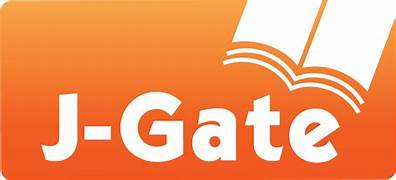
J-Gate
J-Gate is bibliographic database to access global e-journal literature – indexing over 71 million journal articles, updated daily.
© 2025. Rivera Publications, Inc. All rights reserved.


